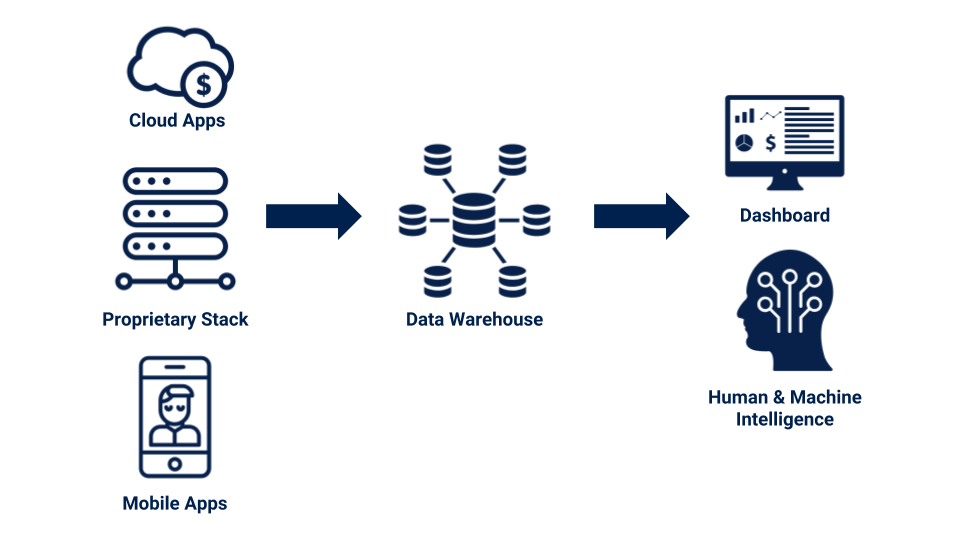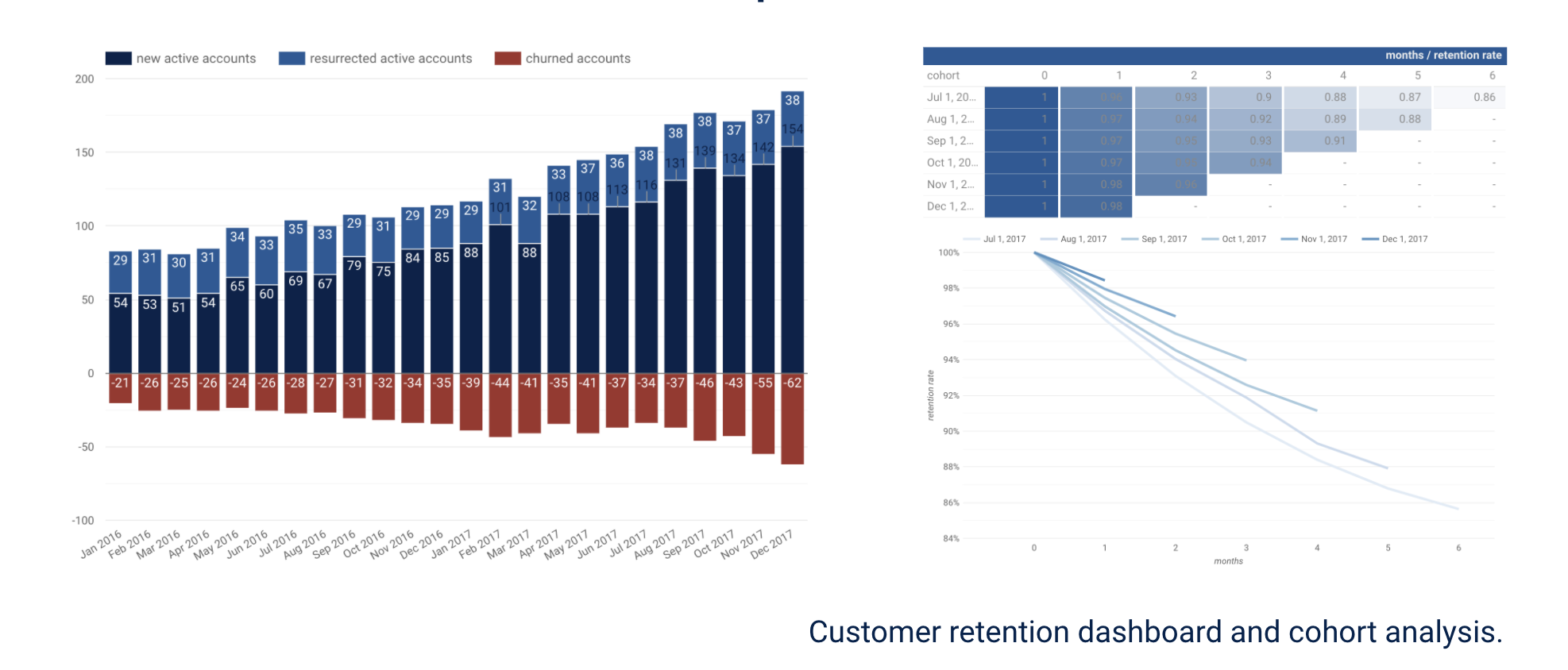
Silicon Valley companies are all about data-driven decision making…right?
It is shocking to me every time my friends at startups show their concerns that their bosses are not using the insights from their own data to make strategic decisions.
I am quite happy that whole company, the executives and individual contributors alike, are increasingly utilizing data every day in order to make decisions at FiveStars.
How did we get here? What lessons can we share to other companies yet to overcome the organizational inertia?
What I am going to write may sound too obvious or not even relevant to those who already are experts on this topic or working for an elite data company. But If you happened to experience the same pain my friend shared with me, please go ahead and read the rest.
I joined FiveStars as one of the founding engineers over five and half years ago. FiveStars is now the leader of customer relationship management for small and mid-size retail stores in the USA. The company raised 105 million dollars and serving over 10,000 merchants and their 30 million customers.
We now have a Data Lake where our entire data, varying from Salesforce to user events, is extracted and poured in. The data in the lake is curated, cleaned, and transformed before loaded to the Data Warehouse, where the rest of the employees consumes the clean and well-defined data for daily analytics with their favorite business intelligence tools.
But its path to today’s data democratization is nothing but a story of an elite data-centric company.
Why?
It’s partly because there weren’t many hosted service six years ago. The open-source solutions cost too much engineering time to set up.
And here is the irony: Our initial products were selling so well that we didn’t have to worry about defining a clear key performance indicator for our products.
We kept postponing the data investment.
In the summer of 2014, two and half years after I joined, I decided to become a data scientist at FiveStars. After all, the reason I moved from the world from geophysics to the small startup was the excitement of analyzing consumer behavioral data we would be getting through our products. When I joined, we didn’t have a truly scalable product, not to mention the data with a meaningful volume.
But finally, I could leave the engineering tasks to the true engineers and go back to my own strength as a Ph.D. researcher who dealt with the variety of data from medical imaging to reflection seismology!
Since I was a full-stack engineer in the product team, I started to apply data science to one of the new products I was heavily involved. The concept was very simple: run an A/B test between the legacy and new tablet product deployed at our merchant’s store front.
Despite the analytical simplicity, the execution was very difficult. You could think of third-party mobile A/B testing service today. However, because our experiment was beyond the software and it was involved the tablet supply-chain, I had to run the random assignment manually.
The data collection process was messy too. We did not have a data lake or data warehouse. We just had a replica of the production database. I had to join the tables across the other data sources manually.
The process was ugly but it paid off!
It helped our leaders to clearly understand the risk and impact of the new product. We released it and did so with the greatest confidence we ever had.
My effort inspired who were not very aware of the power of analytics and fueled the passion to those who always want it to happen. CTO and I started a Slack channel called #datatrends. The culture of data quickly infected everyone in the company.
After this project and some more data hackathons with our data pioneers, the company accelerated the investment to the talent and data infrastructure. We officially hired an analytics manager who also instrumented the today’s internal analytics ecosystem. I proposed CTO to create a data science position in the company and I successfully transitioned from the engineering to the first data scientist.
And thanks to a veteran employee who went the extra mile to teach anybody in the company how to use SQL, the infrastructure investment is fully utilized by all functions at all levels.
This is our version of the birth of a data democracy!
Without an infrastructure, it is much harder to load the data into one place to run analysis to demonstrate the power of data. But without demonstrating the value, it is not possible to persuade your CEO of the investment towards data democracy.
From the experience I wrote above, I truly empathize the pain you might have. And I would like to help by designing and executing a data science project that helps to demonstrate the value and overcome the inertia towards a data democratization in your company. If you are interested, please contact hello@anelen.co (.co, not .com don’t get your email lost elsewhere!) or schedule a free discovery meeting with the scheduler


